Installing an HVAC system involves more than just placing an air conditioner or heater in your home. It requires careful planning, selecting appropriate equipment, and skilled installation to ensure optimal performance. Whether upgrading an old system or installing a new one, understanding the key steps can make the process smoother and more effective.
Initial Assessment and Planning
Evaluating Home Requirements
Before the HVAC installation begins, evaluating your home’s specific needs is essential. Our professionals start by assessing the size of your home, the number of rooms, and the insulation levels. This helps in determining the cooling and heating capacity required for optimal performance.
They also consider the layout and design of your home. Factors such as window placement, doorways, and the number of floors play a crucial role in deciding how the HVAC system should be configured. By taking these factors into account, our technicians can design a system that provides uniform comfort throughout the house.
Designing the System Layout
Once the home requirements are evaluated, the next step is designing the system layout. This involves mapping out where each component of the HVAC system will be placed. Ductwork paths, vent locations, and thermostat positions need to be strategically planned to maximize efficiency.
Our professionals create a detailed layout that ensures all parts of the system work together seamlessly. This includes designing the ductwork to ensure minimum airflow restriction and maximum efficiency. Proper planning at this stage helps in avoiding future issues and ensures that the system runs smoothly once installed.
Selecting the Right Equipment
Determining the Right Size and Capacity
Choosing the correct size and capacity for your HVAC system is crucial for efficient operation. An undersized unit will struggle to maintain the desired temperature, while an oversized unit will cycle on and off too frequently, leading to inefficiency and increased wear and tear.
Our technicians use Manual J calculations to determine the appropriate size of the HVAC unit. This method considers factors like the size of your home, insulation, number of windows, and local climate. By selecting the right-sized unit, you can ensure consistent comfort and optimal energy use.
Energy Efficiency Considerations
Energy efficiency is another critical factor when selecting HVAC equipment. Systems with higher SEER (Seasonal Energy Efficiency Ratio) ratings are more energy-efficient and can help reduce your utility bills.
Our professionals recommend equipment with high energy efficiency ratings to ensure long-term savings and environmental benefits. Additionally, choosing units with advanced features like variable speed motors and programmable thermostats can enhance efficiency even further.
Installation Process
Ductwork and Ventilation Setup
Setting up the ductwork and ventilation system is a vital part of the HVAC installation process. Properly installed ductwork ensures efficient airflow and consistent temperature throughout your home. Our professionals lay out the ductwork pathways strategically to minimize bends and turns, helping to reduce air resistance and energy consumption.
They also ensure the vents are correctly positioned to provide optimal airflow in each room. Proper sealing of the ductwork is essential to prevent leaks, which can lead to a loss of efficiency and increased energy costs. By focusing on these details, our technicians ensure that your system operates smoothly and efficiently.
Proper Equipment Placement
The placement of HVAC equipment is equally crucial for ensuring optimal performance. For air conditioners, the outdoor unit should be placed in a shaded area to enhance its efficiency. In contrast, the indoor unit should be installed in a central location to ensure even distribution of air.
Our technicians also ensure that there is adequate clearance around the units for proper airflow and maintenance access. Correct placement helps in maintaining the system’s efficiency and prolongs its lifespan. By following best practices for equipment placement, you can ensure your HVAC system delivers peak performance.
System Testing and Final Adjustments
Performance Testing
Once the installation is complete, thorough testing is essential to ensure the system operates correctly. Our professionals run several performance tests to check for any issues. These tests include verifying the airflow, checking for refrigerant leaks, and confirming that the system is cycling properly.
They also measure the system’s output to ensure it meets the required heating and cooling capacities. By rigorously testing the system, our technicians can identify and correct any issues, ensuring optimal performance and efficiency.
Customer Education and Maintenance Tips
Educating the customer is a crucial final step. Our professionals provide you with essential information about your new HVAC system, including how to operate the thermostat, change filters, and recognize signs of potential issues.
Regular maintenance tips are also shared to help you keep the system in good working condition. Simple practices like regularly checking and replacing air filters, keeping outdoor units clean, and scheduling annual maintenance checks can significantly extend the life of your HVAC system.
Conclusion
A successful HVAC installation involves meticulous planning, selecting the right equipment, precise installation, and thorough testing. From evaluating home requirements to providing maintenance tips, each step ensures the system functions efficiently and keeps your home comfortable.
If you need professional HVAC installation, contact Perfect Climate Heating & Air. Our experienced technicians are dedicated to providing top-notch service, ensuring your system is installed correctly and performs at its best. Reach out to us today for expert HVAC installation in Francisco, IN, that you can trust.


